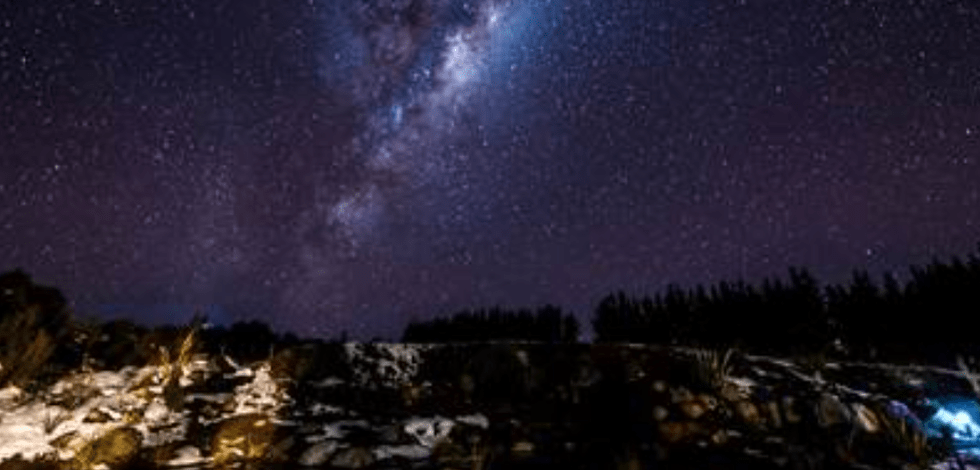THE TIMBER TRAIL WINDS THROUGH PUREORA FOREST PARK, ONE OF THE FINEST RAINFORESTS IN THE WORLD. ITS FLORA AND FAUNA OFFER A FASCINATING INSIGHT INTO PRIMEVAL NEW ZEALAND AS IT EXISTED THOUSANDS OF YEARS AGO.
Straddling the Hauhungaroa and Rangitoto Ranges west of Lake Taupo, the forest was made a reserve in 1978 and takes its name from nearby Mount Pureora (1165 metres). At 78,000 hectares, Pureora Forest Park is 25 per cent larger than Lake Taupo and a treasure trove of tall trees, clear rivers and rare wildlife.
One of largest remnants of the podocarp forests that once blanketed most of the central North Island, the forest has a fiery history. During the last major Taupo eruption, 1800 years ago, the area was almost completely buried with ash and pumice.
Today, much of the forest has its roots in volcanic soils, and you can still see preserved logs from the eruption on the short Buried Forest Walk near the Pureora Field Base and campsite.
The forest also covers a wide altitudinal range – from 400 to 1165 metres above sea level. As a result, visitors can admire a spectacular array of native trees such as mighty tötara, rimu, kahikatea, as well as verdant undergrowth featuring ferns and vibrant mosses.
 Pureora’s diverse habitats support all sorts of wildlife, too, especially birds. There’s a good chance of spotting kereru (native pigeon, known locally as kuku), popokatea (whitehead), tauhou (waxeye), kaka and toutouwai (North Island robin). Eagle-eyed bird-spotters may even see the karearea (NZ falcon), whio (blue duck) and the beautiful kokako as featured on the back of New Zealand’s $50 note.
Pureora’s diverse habitats support all sorts of wildlife, too, especially birds. There’s a good chance of spotting kereru (native pigeon, known locally as kuku), popokatea (whitehead), tauhou (waxeye), kaka and toutouwai (North Island robin). Eagle-eyed bird-spotters may even see the karearea (NZ falcon), whio (blue duck) and the beautiful kokako as featured on the back of New Zealand’s $50 note.
Much harder to sport are Hochstetter’s frog, and long and short tailed bats. The forest is also a stronghold for the rare root parasite Dactylanthus taylorii, pollinated by short-tailed bats and known to Mäori as pua o te reinga – ‘flower of the underworld’.
 That we can still see this flora and fauna today is largely thanks to conservationists who – after landmark protests involving climbing into the treetops – finally silenced the timber millers’ saws in 1978.
That we can still see this flora and fauna today is largely thanks to conservationists who – after landmark protests involving climbing into the treetops – finally silenced the timber millers’ saws in 1978.
But after more than 30 years of timber milling, the forest needed a lot of love to restore it to its present state. Wild horses and cattle were culled, goats eradicated, and control programmes implemented for possums, rats, stoats and mice, all of which threaten native wildlife. Invasive weeds have been knocked back in ecologically sensitive sites, too.
The results are there for all to see and enjoy along the Timber Trail – a journey back in time but also a pathway to a precious future where nature still reigns supreme.










